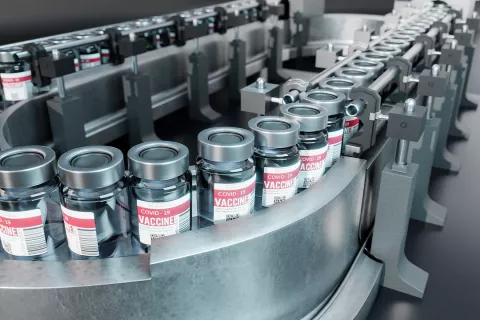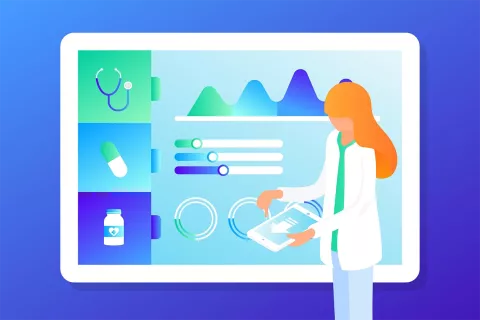
The pharmaceutical industry is a sea of innovation, constantly churning out new drugs and treatments to improve human health. But just like any voyage, this journey is fraught with Regulatory storms that can threaten smooth sailing. One crucial aspect often overlooked in this tempestuous voyage is the power of Regulatory artwork.
Regulatory artwork services are facing a period of significant transformation, driven by technological advancements, globalization, and evolving Regulatory landscapes. As we enter 2024, buckle up as we explore the key Regulatory artwork trends that will shape the pharma industry in the coming year:
Revolutionize Your Artwork Strategy for 2024
Consult Now
1. The Data Deluge:
Prepare for an information tsunami! Regulatory agencies are demanding 43% more data to ensure drug safety and efficacy (Smith & Nephew survey). This translates to a surge in the need for accurate, compliant artwork that communicates complex data sets. Think interactive labeling with 19.7% CAGR growth (Grand View Research), QR codes leading to detailed information, and data visualization tools that make mountains of data digestible.
2. Serialization Sails On:
The fight against counterfeit drugs rages on, and serialization remains a powerful weapon. With the global market reaching $5.56 billion by 2025 (MarketsandMarkets), expect stricter regulations and wider track-and-trace implementation. Pharma companies need artwork solutions that seamlessly integrate with these systems, ensuring accurate product identification and traceability throughout the supply chain. Implementing serialization can even reduce counterfeit drug circulation by 90% (Pharmaceutical Security Institute).
3. Sustainability Steers the Course:
Environmental consciousness is blowing strong, and Regulatory bodies are taking notice. 78% of consumers consider sustainability when making purchasing decisions (Cone Communications). Expect increased scrutiny on artwork packaging and labeling materials. Embrace sustainable artwork practices like recycled materials, eco-friendly inks, and streamlined designs that minimize waste. The use of recycled paper in pharmaceutical packaging is expected to reach 52% by 2027 (Future Market Insights).
4. Multilingual Mastery:
As pharma expands globally, multilingual artwork becomes crucial. The global medical device translation market is estimated at $831.9 million (Mordor Intelligence), and 72% of patients prefer medical information in their native language (TransPerfect Life Sciences survey). Companies need robust artwork management systems that handle multiple languages efficiently and accurately.
5. AI Anchors the Voyage:
AI is no longer a futuristic fantasy; it's a valuable tool in the Regulatory artwork arsenal. AI-powered solutions can automate tedious tasks like data extraction, Regulatory checks, and label generation, freeing up resources for strategic tasks. This streamlining reduces errors and can cut artwork creation time by 50% (Accenture).
By staying ahead of these trends and investing in innovative artwork solutions, pharma companies can navigate the ever-changing Regulatory landscape with confidence. Compliant and effective artwork isn't just a requirement; it's a powerful tool for building brand trust, ensuring patient safety, and ultimately, achieving commercial success. Remember, compliant artwork can prevent up to 20% of product recalls (FDA).
So, raise the sails of innovation, harness the power of data, and embrace the winds of change. With the right Regulatory artwork strategy, Freyr can help you sail smoothly through this challenging year ahead.
Stay tuned for our next blog post, where we'll delve deeper into specific tactics and technologies pharma companies can leverage to conquer these Regulatory artwork trends!









